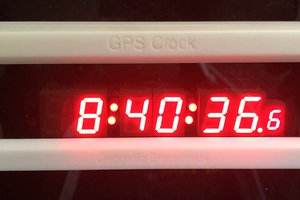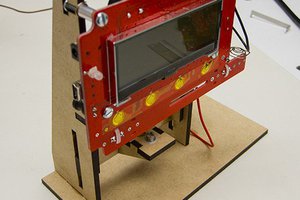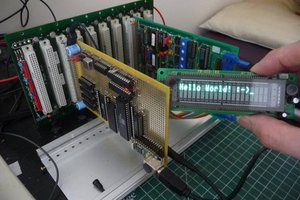In short, I plan on upgrading my V200 as follows, but in no particular order
- Add a yellow or green LED backlight. This requires:
- Removal of metal plate backing the LCD.
- Replace it with a multi-layered substrate created from a light pipe and diffusion material.
- Create a supplemental SMPS specifically for the backlight to avoid the inefficiency of the on-board LDO that powers the calculator.
- Tie a 2 keys to a high impedance, soft-switch input to create the on-off switch for the backlight.
- Overclock & underclock the calculator.
- The ASIC, MCU, SRAM and NOR Flash appear to run of a simple RC oscillator.
- Replace SRAM with faster counterparts for reliable overclock and/or lower power consumption. Stock specs are 70 ns access time and 20 mA current draw
- Replace NOR Flash with faster counterpart, if needed. The firmware is stored on this IC. Stock speed is ~1.8 MHz
- Depending on the results of the overclock, implement a current draw detection circuit for the "backlight" SMPS and the under/over clock reducing nominal power consumption under no load and then also auto-enabling the OC during load.
- The advance SMPS may also suppliment the row and column drivers for the LCD to decrease the effect of the voltage droop that occurs as more pixels are turned on, thus maintaining the contrast ratio.
- If possible, replace the LDO with the SMPS or make LDO + SMPS hybrid to maintain low current
 Michael O'Brien
Michael O'Brien
 rawe
rawe
 Nick Sayer
Nick Sayer
 Dave Ehnebuske
Dave Ehnebuske
 Keith
Keith